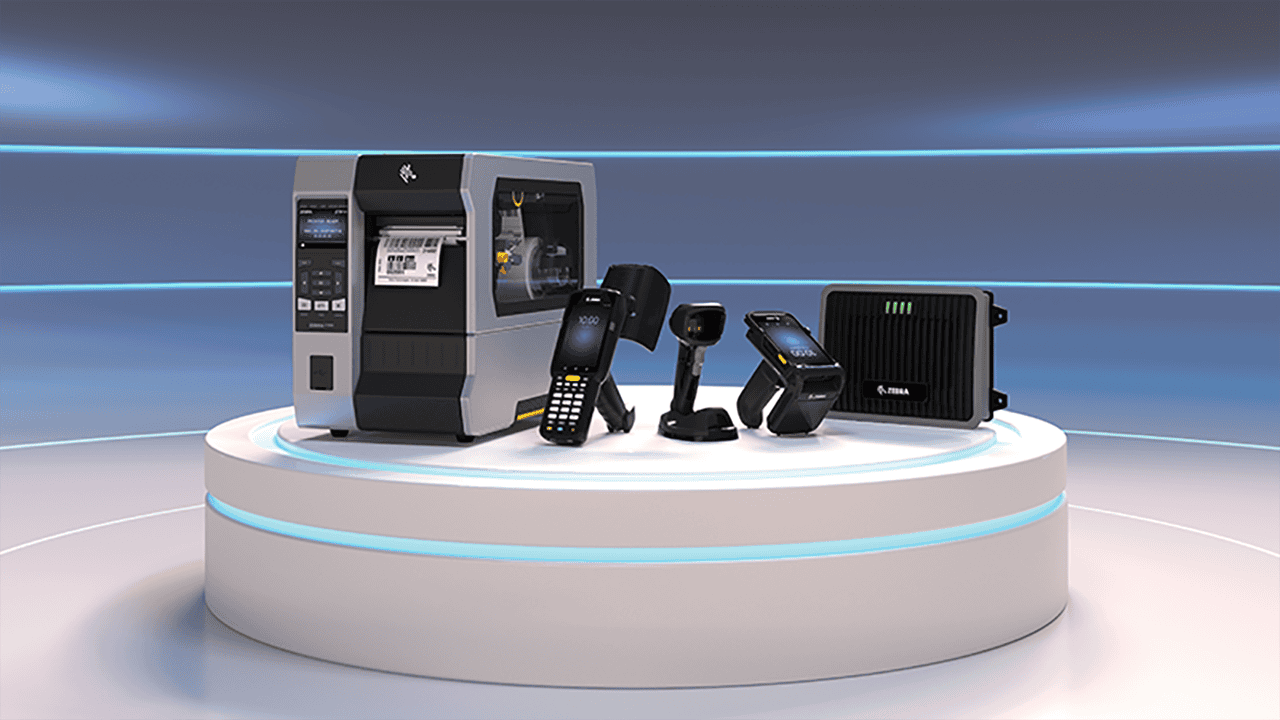Sometime between November of this year and February of next the new 802.11ac WiFi standard will be ratified by the IEEE committee. Already some manufacturers have equipment for use and are finishing their testing. By 2015 the industry should be fully ramped up. If you look hard enough you can probably even buy some now with preliminary chipsets. There are, however, currently no devices that I know of capable of using that equipment to its fullest yet. Yes, there are a couple of smartphones and Apple has a laptop but they are limited in their support of the standard. The good news is that current WiFi equipment will be able to run on the new gear. The bad news is that no current WiFi access points (the radios) will able to be upgraded to run 802.11ac. The chipsets inside these devices cannot support the advanced methods needed to realize the accelerated speeds that the standard expects.
802.11ac itself promises much higher speeds for WiFi than even the current king, 802.11n, is capable of. It’s not that individuals necessarily need that higher speed (just how fast do you need that web page to load or Aunt Barb’s chocolate chip recipe to get to you via email?). The point of higher bandwidth is that it’s needed to allow more people in the same area to have a shot at a reasonable computing experience. Remember, for the most part, WiFi is a shared medium. It’s like passing a newspaper around to a roomful of people. Until 802.11ac when someone transmitted or received a piece of data to or from their device, everybody else around you had to wait for that transmission to finish. The end result is that the more people trying to do that the slower EVERYBODY is. So, open up the flood gates and you get a better chance for more people to use the network and not stare at their device waiting for something to happen. With some people now carrying two or three devices connected to the network that number needs to be offset by something, hence, 802.11ac.
Any new technology is not without some tradeoffs and we’ll address many of those in the months ahead. For starters, the advanced techniques for passing data faster through the air requires more antennas, more computing power and, therefore, more power draw from the device. Packaging of antennas and battery life will create a tradeoff for devices like smaller tablets and smartphones so don’t look for them to match the performance of a full-fledged laptop, ever. In addition, the really high speeds the standard is capable of will only be achieved by being very close to the access point, 15 to 20 feet for the highest bandwidth. This will mean more access points, better channel planning, more design and planning. Can your wired infrastructure support the higher speeds? The chain is only as strong as its weakest link (Who first said that? Probably the guy who invented the chain). Do you currently support gigabit to the desktop? If so, you already know what’s required, if not, then future planning and budgeting will be required.
Don’t get discouraged. This is the first of what will be a long line of 802.11ac updates. Standby for more as the industry develops and real world experience supersedes the Promise of a New World.
For more information, Aruba Networks has a great 802.11ac primer put together. A few of the videos are a couple of years old but it all still applies. Check out https://www.arubanetworks.com/products/networking/802-11ac/








